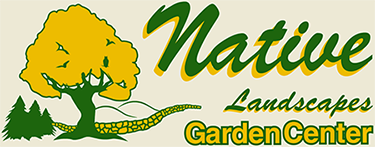In the 1800’s the New World was growing exponentially. Immigrants from all over the world were coming to North America to settle in this land of opportunity and endless natural resources. These opportunists brought with them their culture, and in many cases, plants and seeds from their homeland. The English, Scottish and Irish brought over their manicured lawns and golf clubs. Asians at this time came here with their Maples, Azaleas and Dogwoods along with their natural art forms and associated gardens. In addition, the Dutch introduced their spring flowering bulbs to our landscape.
Many times when exotic plants are introduced to an area where they have never grown, their diseases and insects are also introduced. Little did we know at that time, how detrimental some of these plants diseases and insects from other continents would affect our native trees. In some cases, these foreign pests and diseases can lead to a plant pandemic. Our native landscape at times, has very little natural ability to fight off and defend against an enemy they have never encountered.
A few examples of introduced exotic species with associated insects and diseases that had a grave affect on native North American trees are; the Dutch Elm disease, Hemlock Woolly Adelgid and the American Chestnut blight. The Dutch Elm disease killed street tree Elms almost overnight. The Hemlock Woolly Adelgid’s introduction to the Eastern Hemlock forest has drastically changed this forest structure in many native woodland settings. The chestnut blight may have had the worst impact of all the pests and diseases I mentioned above.
The American Chestnut Tree was, up until the early 1900’s, the predominant tree species of the eastern forest. The American Chestnut was a fast-growing, single stemmed, very large tree that is a member of the Beech family. A dietary staple for many Native Americans, early settlers, mammals and birds, the American Chestnut has been defined by many as a perfect food. Unlike other woodland nut trees such as Oaks that set flower early in the spring, and can be affected by late season frost, the American Chestnut flowers well into the growing season. Flowers and associated nuts of the American Chestnut is seldom harmed by late-season frost. For this reason, wildlife could depend on this nut every year.
The American Chestnut blight was first detected in Bronx, NY in 1904. The blight was brought to this country by the introduction of diseased Chinese Chestnuts. By the 1950s mature American Chestnut trees were all but gone from the Eastern American forest and landscape. There are a few isolated, mature American Chestnut trees and some small groves that have survived the blight. Their immunity is where the re-introduction program begins.
These disease-resistant American Chestnut trees and their hybridization with disease- resistant Chinese Chestnuts is ongoing and will take a bid more time to produce disease-resistant trees. The American Chestnut Foundation with university help is working to introduce a blight-resistant American Chestnut tree back into the forests and landscapes of Eastern North America.
I look forward to the day we can start planting disease-resistant American Chestnuts back into our native landscapes. This day is fast approaching.

